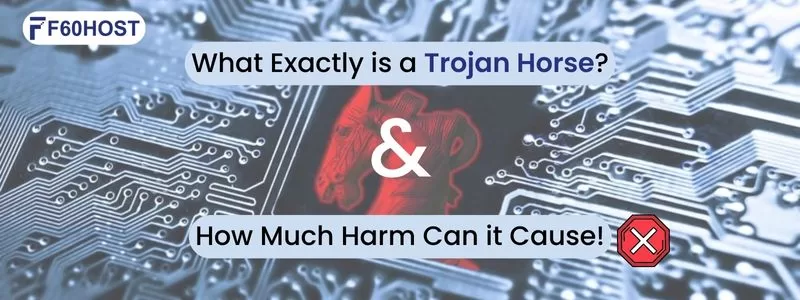Types of Cyber Security Threats

Cyber security experts constantly protect computer systems from various cyberthreats. Every day, cyberattacks target public and private networks, and the diversity of assaults has grown significantly.
Cyber risks are constantly evolving. Attack strategies and tactics are constantly evolving and getting better. Cybercriminals can enter a computer or network server in a number of ways to harm it. Another name for this is a security threat.
What Is a Cyber Security Threat?
Cyber Security is an important part of internet-connected systems from cyber threats such as hardware, software, and data. Individuals and businesses use the practise to prevent unauthorised access to data centres and other computerised systems.
A strong cyber security technique can provide a good security core strength against malicious attacks aimed at accessing, altering, deleting, destroying, or extorting an organization’s or individual’s systems and sensitive data. Cyber security is also important in preventing attacks that aim to disable or disrupt the operation of a system or device.
Types of Cyber Security Threats
Cyber security experts should be well-versed in the following types of cyber security threats.
Malware Attack
Malware is also referred to as malicious software or malicious code. A software called malware is added to a system to jeopardise the availability, confidentiality, or integrity of data. It can have an impact on your data, apps, or operating system and is done covertly.
Guidelines for avoiding malware.
- Make it mandatory to scan and save any email attachments to local discs or removable media.
- Don’t permit the sending or receiving of specific file types over email, such as.exe files.
- On systems with a high level of risk, restrict the use of removable media, such as CDs or flash drives.
- Specify a maximum number of users who can access or use administrator-level features.
- Ensure that system patches and upgrades for the operating system and applications are applied on a regular basis.
Ransomware Attack
Users’ access to their systems is limited or prohibited by ransomware that is based on malware. In order to regain access to your system or your data, ransomware asks that you use online payment channels to pay a ransom.
Online payment systems typically use virtual currency like bitcoin. Ransomware is one of the most common attack kinds.
Ransomware infiltrates computer networks and uses public-key encryption to encrypt files. This encryption key stays on the server of the cybercriminal, unlike other viruses.
The secret key will be demanded as ransom by online crooks. Data is being held hostage by cybercriminals who are exploiting encryption as a weapon.
DDoS (Distributed Denial of Service) Attacks
DDoS attacks render an online service unavailable by flooding it with traffic from several locations and sources. During a DDoS attack, a website’s response time slows down, blocking access. By installing malware, cybercriminals create massive networks of compromised machines known as Botnets.
It’s possible that a DDoS assault is not the main cybercrime. The attacks frequently serve as a diversion while other fraud and cyber breach attempts are made.
CATO (Corporate Account Takeover) Attacks
CATO is a type of business entity theft in which online criminals send fraudulent wire and ACH transfers while posing as the company. Unauthorized monies are transferred to accounts under the cybercriminal’s control.
Numerous companies are susceptible to a CATO attack. Institutions with little controls over internet banking systems and lax computer security are easy targets. Losses from this type of cybercrime may be substantial.
Malware is used by online thieves to infect a computer through email, websites, or malware that looks like software.
Spam & Phishing Attacks
Spam involves unsolicited, unwelcome texts and emails. Phishing, which includes attempts to get sensitive information, is a type of social engineering. Phishing attempts will look to be coming from a reliable individual or company.
Cybercriminals send you an email or text message with a warning about your account information while posing as an official representative.
Frequently, the message may request a response by clicking a link to a phoney website or email address, where you will provide sensitive data. Using official names and logos, the message’s format will often appear legitimate. Any data placed into the phoney link is sent to the online criminal.
Conclusion of Types of Cyber Security Threats
You have learned all there is to know about cyberattacks from this post on their several types. You studied the definition of a cyber attack, the top types, and the techniques to avoid.
It is wise to be knowledgeable about cyberattacks and network security given the rise in cybercrimes today. If you require a cyber professional to provide cyber security for your firm, contact us immediately.
Source: https://www.mass.gov/service-details/know-the-types-of-cyber-threats



